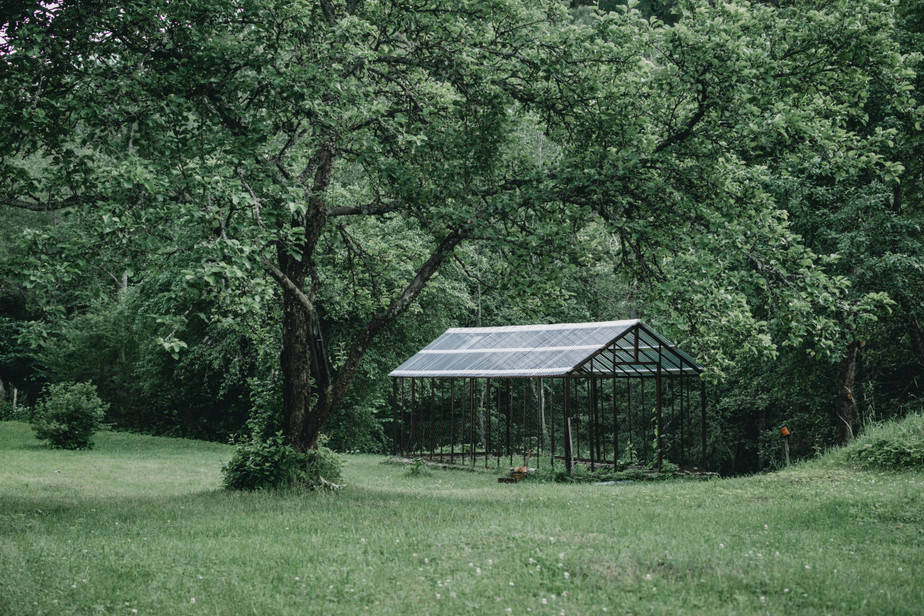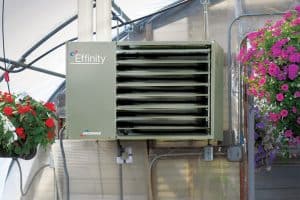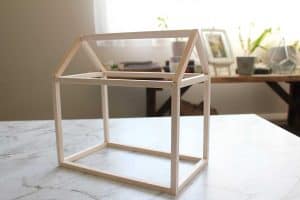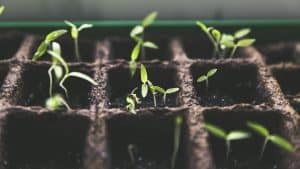Greenhouses seem simple enough. The glass walls absorb sunlight and store it in the form of heat. If greenhouses absorb too much heat, they can release it through windows and vents. This whole process extends the growing seasons and allows you to harvest year-round.
Growing your own crops and flowers in a greenhouse is a fun, rewarding experience that can save you money. As enjoyable as it is, though, it’s also a huge responsibility. No matter how skilled you may be, you’re most likely going to make mistakes.
That’s why we’ve put together a list of six common greenhouse mistakes, with tips on avoiding them.
Greenhouse Dos and Don’ts
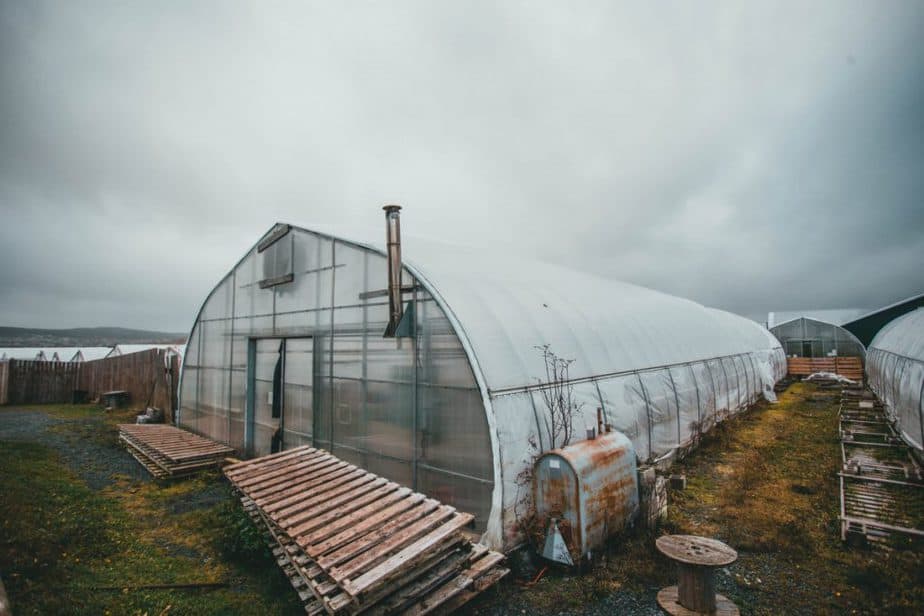
1. Choosing the Wrong Greenhouse
If you want to have successful crop cultivation, don’t go for the cheapest greenhouse you can find. It can be tempting, but choosing a cheap, ineffective greenhouse might result in financial loss as well as a waste of time and effort.
Consider it a financial investment. Sure, you’ll spend more now, but your high-quality greenhouse will last longer and be more efficient, earning you more money in the long run!
A DIY greenhouse is more work upfront but is likely to be a better investment in the long run. Learn everything there is to know about DIY greenhouses before you decide to buy one outright.
Before you buy a greenhouse, it’s crucial to understand the different types and their advantages and disadvantages.
There are two types you ought to consider: wooden and aluminum.
Wooden Greenhouses
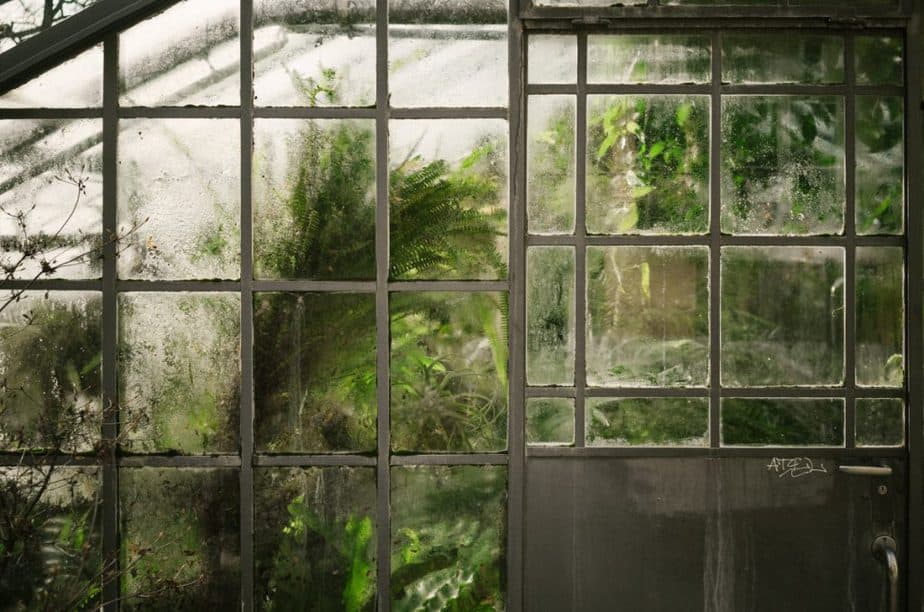
Compared to other greenhouses, timber greenhouses have a more classic, traditional look, and they look absolutely stunning.
Here are some of their advantages as well as disadvantages:
Advantages
When it comes to things like high winds and heavy snow, timber greenhouses are tremendously reliable as they’re incredibly durable and less likely to collapse.
Wood is also a natural insulator of heat, which can significantly benefit your crops, especially in the winter.
If a piece of wood or your greenhouse frame gets damaged for any reason, it’ll be easy to fix! All you need is a new piece of wood and some nails.
Wooden greenhouses are also easier to decorate. You can paint them whatever color you want, and they will look dashing while complementing your lush green garden.
Disadvantages
Wooden greenhouses require regular maintenance since factors such as moisture and fungi can cause wood to rot, which can be incredibly time-consuming.
Wood varieties like Canadian cedar wood resist humidity and don’t suffer when exposed to extreme temperatures.
However, such varieties are expensive, which is another disadvantage. If the wood gets a termite infestation, treating it will cost the same as buying a metallic greenhouse!
Aluminum Greenhouses
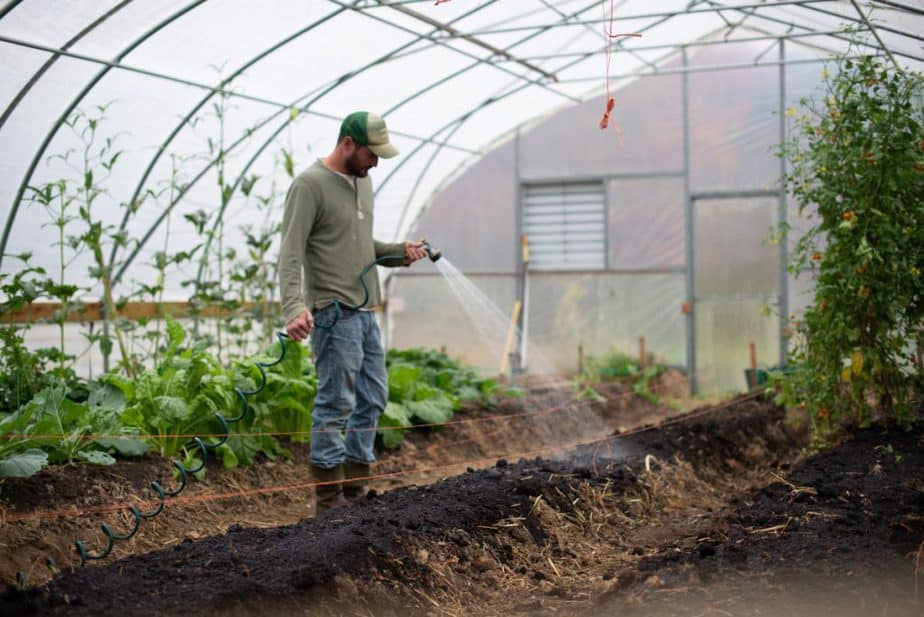
Aluminum greenhouses are the most commonly used greenhouses. That being said, aluminum options have their fair share of advantages and disadvantages as well.
Advantages
Unlike wood, aluminum doesn’t come with a risk for rotting or suffering a termite infestation. No risk of rot or infestation means they don’t require heavy maintenance, which also means you won’t be spending much.
Aluminum greenhouses are much easier to assemble since aluminum is a lightweight material. Aluminum frames also come in a variety of colors, such as white, silver, and green.
Disadvantages
The most significant disadvantage of aluminum is that it’s susceptible to damage when faced with strong winds or heavy snow. The lightweight nature of aluminum means there’s not much you can do about it. However, you can do your best to protect your greenhouse from wind if you decide to go this route.
Aluminum is also more expensive than wood.
2. Placing the Greenhouse in the Wrong Location
Once you know the type of greenhouse you want, it’s now time to determine where to put it. It’s worth noting that everything inside of your greenhouse depends on its location.
Since greenhouses rely on sunlight to trap heat, it’s critical to place your greenhouse in a place that receives constant sun exposure.
For example, a greenhouse placed under a tree’s shade won’t receive the amount of sunlight it needs. The tree’s roots can also grow under your greenhouse, preventing the crop from getting its nutrients.
3. Planting in Unhealthy Soil
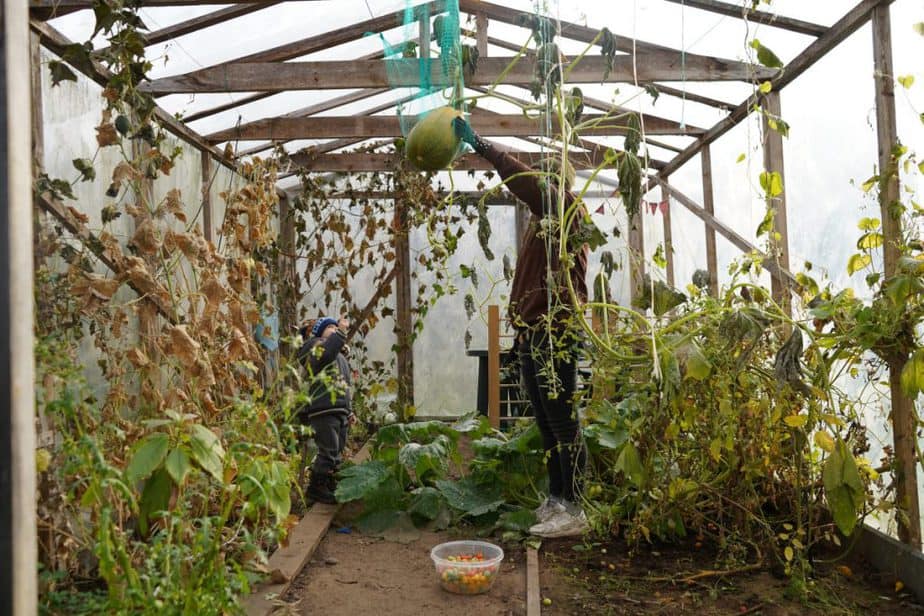
Losing all of your crops to unhealthy soil would be tragic, which is why checking your soil is a crucial step before setting up your greenhouse. Believe it or not, this is a common mistake in the gardening world.
Avoid unnecessary frustration by being ahead of the game and investing in high-quality soil. Healthier soil will give your crops the nutrients they need, resulting in the healthy, vibrant greenhouse of your dreams!
4. Excessive Watering
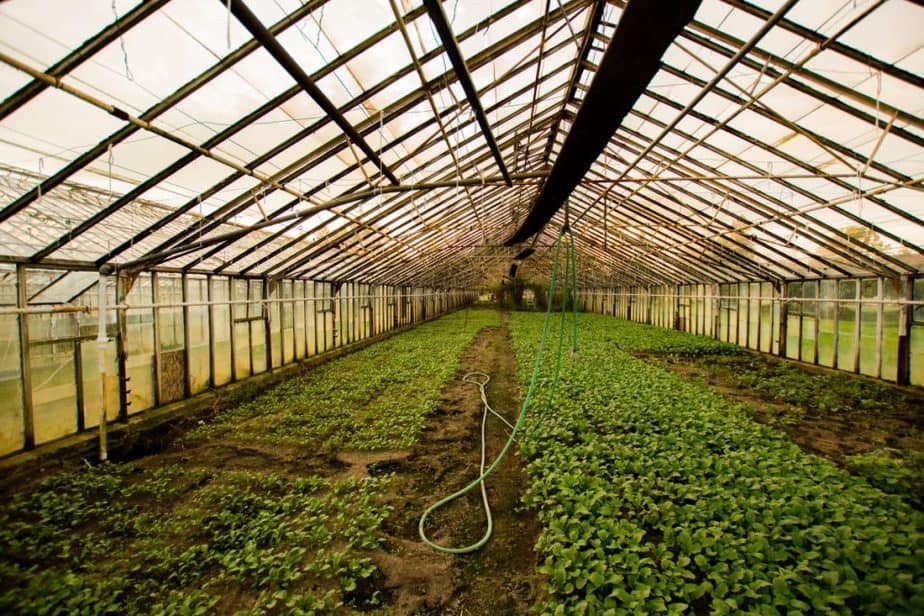
Another common mistake beginners make is over-watering. There’s a fine line between tending to your plants and drowning them.
Over-watering can cause severe damage and potentially kill your crops. To prevent it, you can use a moisture meter or look for possible signs of irregular watering, such as:
- Algae appearing in the soil
- Yellow leaves
- Rotting roots
- Soil is always wet
5. Not Controlling the Humidity
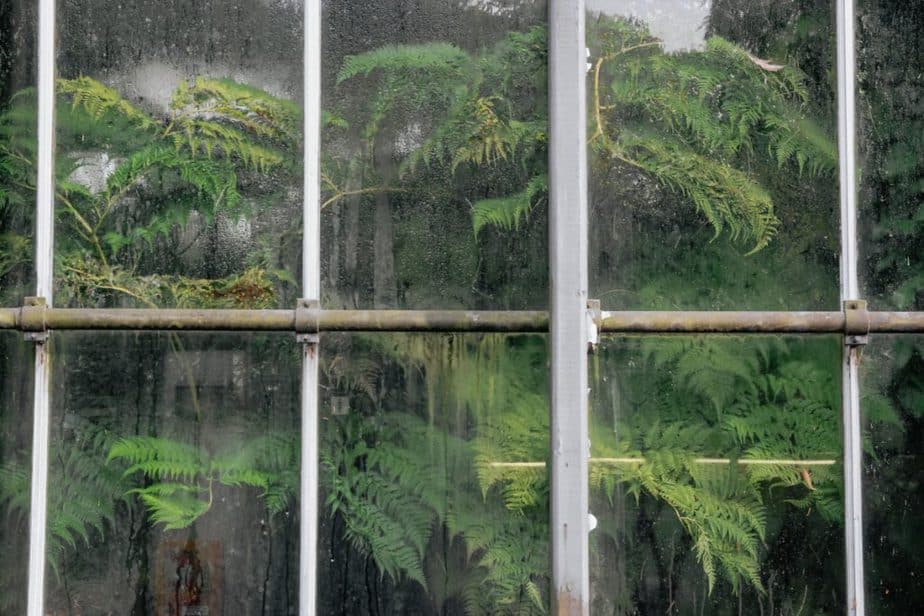
Maintaining stable temperatures and providing proper ventilation are crucial for preventing serious damages to your crops.
Make sure you close your ventilation windows at night as it prevents any chances of rapid temperature drop and excessive cooling. Plants can die if the temperature is too low or too high.
You can also mist your plants to increase humidity. Different plants require different levels of humidity, so make sure you know which is which. If you find humidity difficult to control, you can always invest in a humidifier or dehumidifier, depending on your needs.
6. Growing the Wrong Plants
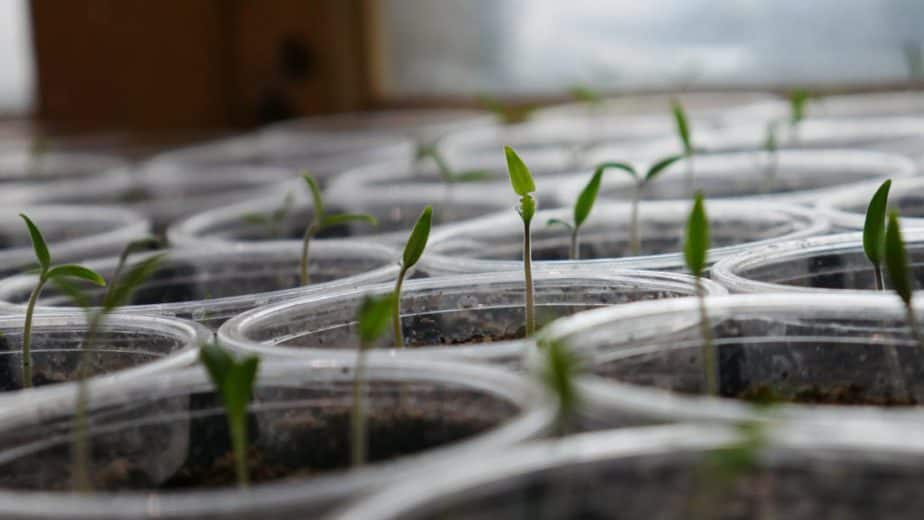
We know you’re excited to plant everything on your dream list, but be careful about growing the wrong plants or plants that can’t thrive in greenhouses.
To avoid complications, research all the plants you want to include in your greenhouse before getting started. Not all plants prefer warm temperatures, after all.
Common Greenhouse Mistakes And How To Fix Them
Greenhouses are glass structures that are intended for cultivating flowers and crops. Their glass walls absorb light and then convert it to heat – they do that process quite well. The other stuff that goes into growing in a greenhouse, though, that all falls on you.
Whether you’re an amateur or a pro with a green thumb, you may find yourself facing one of the above-listed common greenhouse mistakes. Using the tips shared in this post, you can get those mistakes sorted in no time!
Do you have any greenhouse issues currently plaguing you? Comment them below, and we’ll add them to the list and provide you with all the necessary fixes!

